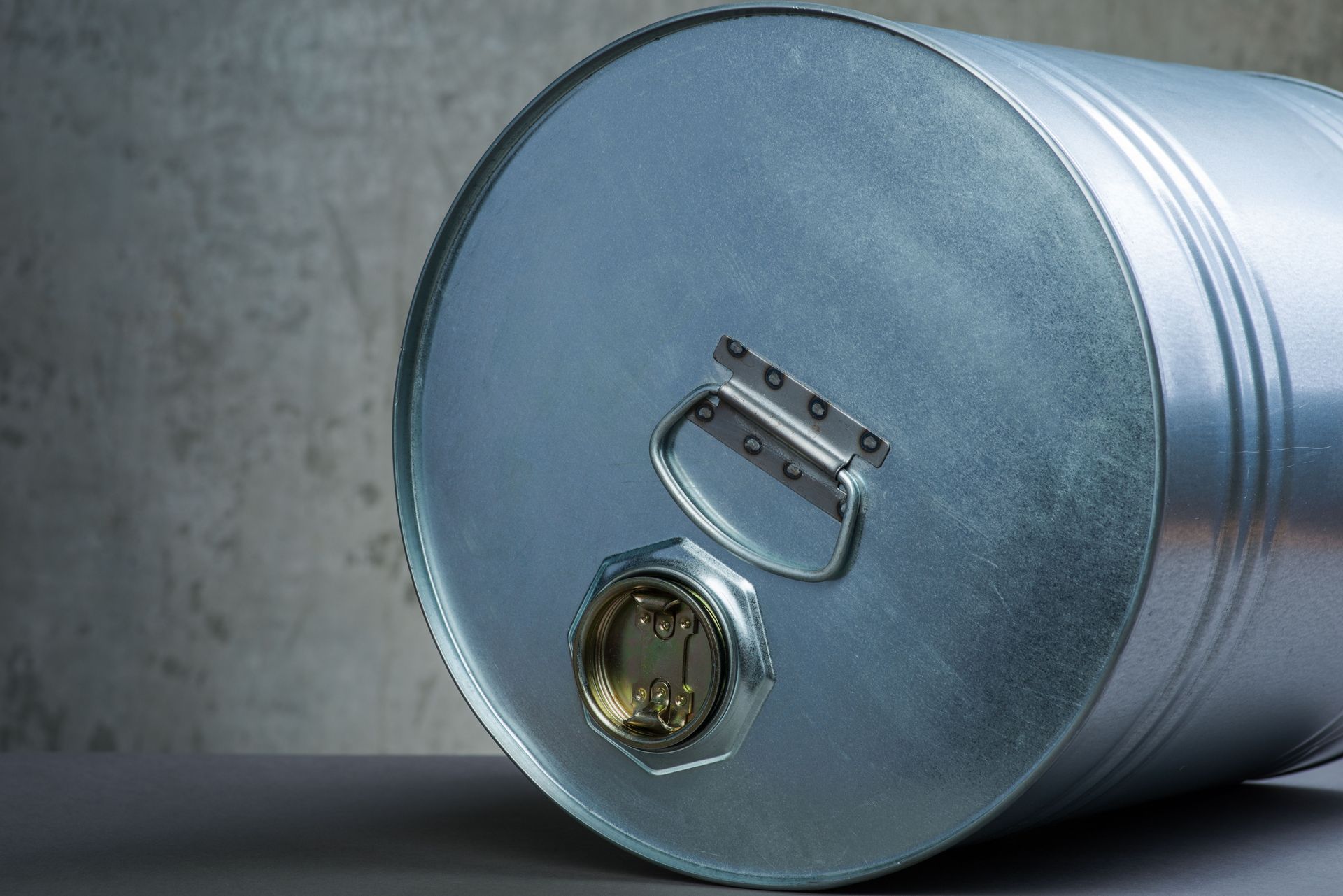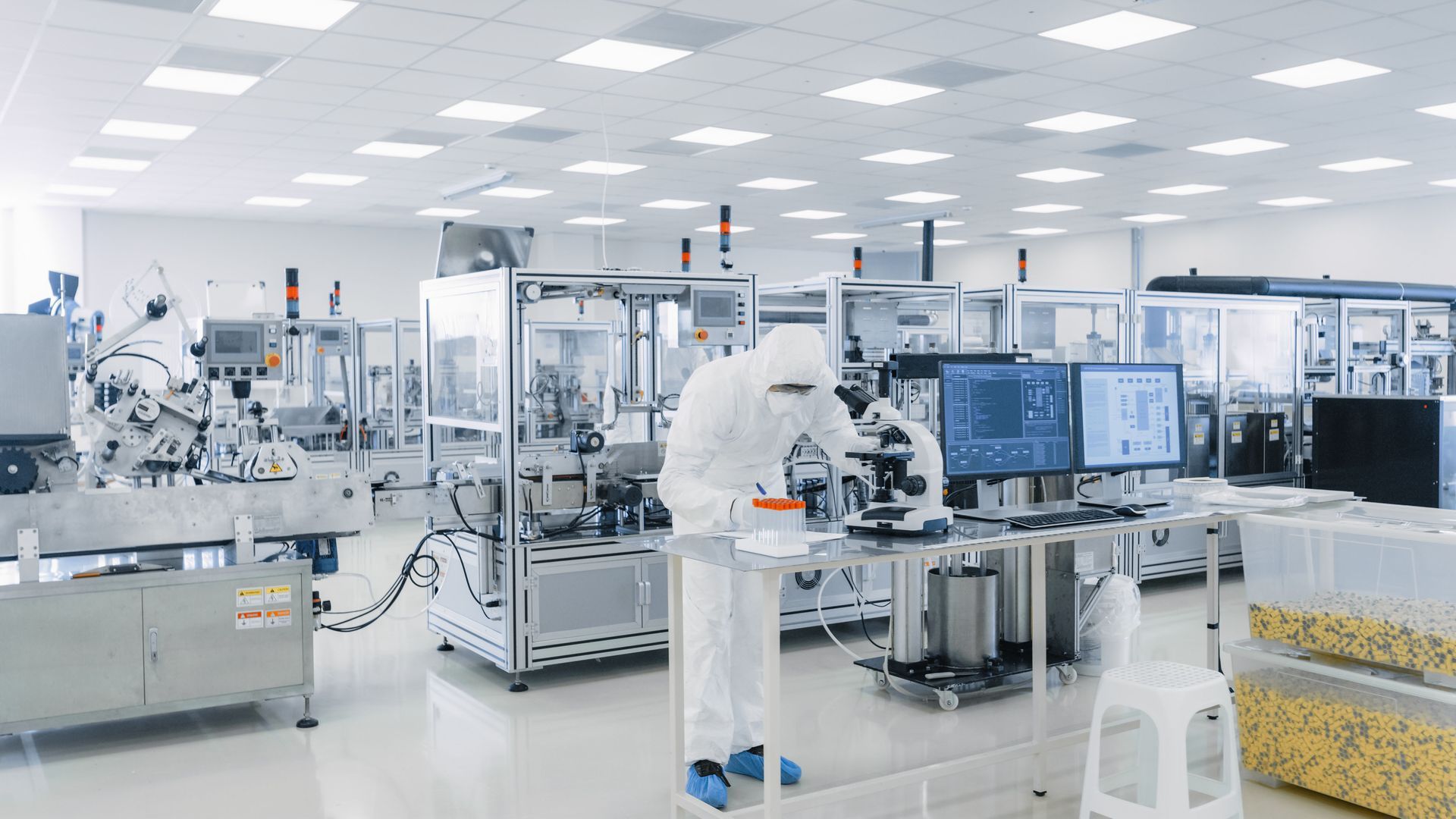August 7, 2025
Unexpected equipment or material failures can disrupt operations, damage reputations, and lead to major financial losses. While replacement may fix the immediate problem, understanding the root cause prevents recurrence and improves long-term reliability. This process is called failure analysis. It blends engineering, chemistry, and materials science to determine exactly why something failed, helping organizations take informed corrective action.
Failure analysis applies across industries—from oil and gas to electronics and medical devices. By revealing the mechanics behind material or structural breakdowns, companies gain critical insight into design flaws, manufacturing errors, or service-related degradation.
According to Grand View Research, the global failure analysis market size was estimated at $4.77 billion in 2023 and is projected to reach $8.14 billion by 2030, growing at a CAGR of 8.2% from 2024 to 2030. This growth reflects the rising demand for precise diagnostics and prevention strategies in complex, high-value industries. Let’s take a closer look at how failure analysis works and how your business can benefit from incorporating it into your risk management framework.
1. Understand the Purpose Behind Failure Analysis
Failure analysis is a systematic investigation used to determine the cause of a failure in a part, component, or material. Rather than simply replacing damaged items, companies engage in this process to understand what went wrong—whether due to corrosion, fatigue, stress overload, or a manufacturing defect.
The analysis typically begins with a visual inspection and progresses to microscopic examination, chemical testing, and mechanical evaluation. Analysts look for signs of wear, fracture patterns, contamination, or improper processing. This process helps pinpoint not only the mode of failure, such as cracking or deformation, but also the root cause.
Failure analysis provides the insight needed to redesign a product, revise maintenance procedures, or change materials. By identifying the origin of the problem, organizations can avoid similar failures, reduce liability, and improve operational efficiency.
2. Identify Common Scenarios Where It’s Used
Failure analysis is widely applied in industries where safety and performance are non-negotiable. In aerospace, even a small material defect can result in catastrophic failure. In the medical field, a faulty implant or surgical instrument could lead to serious harm. And in the energy sector, pipeline or pressure vessel failures could cost millions in downtime and fines.
It also plays a key role in quality assurance for manufacturing. If multiple units fail during testing or customer use, an investigation can reveal whether poor design, supplier error, or production inconsistencies are to blame. This enables companies to implement targeted corrective actions without discarding entire product lines.
In legal or insurance claims, failure analysis provides critical evidence. Engineers may be called upon to offer expert testimony, providing documentation that clarifies whether negligence, poor maintenance, or external damage caused the event. In all these settings, failure analysis serves not just as a scientific discipline, but as a decision-making tool for accountability and improvement.
3. Explore the Benefits of Failure Analysis for Your Business
Investing in failure analysis helps companies make smarter choices about design, materials, maintenance, and supplier relationships. One of the primary benefits is reduced downtime. When companies understand the specific mechanism behind a failure, they can take corrective steps that prevent future breakdowns.
It also improves product reliability. The insights gathered often lead to better performance and customer satisfaction, particularly in industries with demanding usage conditions. Moreover, failure analysis supports cost savings by reducing trial-and-error approaches. Instead of repeatedly replacing parts or over-maintaining systems, businesses can address the real issue. Long term, this improves ROI on capital equipment, extends asset lifespans, and strengthens quality control processes across operations.
4. Learn About the Typical Process Involved
Failure analysis is not a one-size-fits-all process. Each investigation is tailored to the type of failure and the component involved. However, the basic steps remain consistent across industries. It typically starts with documentation—gathering service history, operating conditions, and witness accounts. Then, analysts examine the failed component visually and microscopically.
Next comes testing. This may include chemical analysis to identify contamination or corrosion, mechanical tests to assess hardness or ductility, and metallography to examine grain structure. In cases involving electronic or medical devices, specialized techniques are used to assess coating adhesion, weld quality, or fracture propagation.
Finally, all data is compiled into a report. The report outlines the failure mode, root cause, contributing factors, and recommendations for preventing recurrence. It’s a highly actionable document that can support everything from engineering changes to warranty claims. The value of failure analysis lies in this clear, data-driven roadmap to improvement.
5. Combine Failure Analysis with Other Testing Services
To get the most from failure analysis, it’s often combined with other technical services. Corrosion testing is a common companion, especially in oil and gas, where equipment must endure harsh environmental conditions. Understanding how different materials perform under stress helps companies make smarter choices about coatings, inhibitors, and system design.
Condition assessments are another important complement. These evaluations provide a snapshot of the current state of equipment, identifying wear patterns or early signs of degradation before failure occurs. Together with failure analysis, they form the backbone of predictive maintenance programs.
Additional support may come from metallography, analytical chemistry, or field services. By pulling from multiple disciplines, companies receive a holistic view of what’s happening within their systems. This integrated approach maximizes the value of each test, offering both reactive insights and proactive planning tools.
6. Support Regulatory Compliance and Documentation
Many industries face strict compliance requirements regarding safety, performance, and traceability. Failure analysis supports these mandates by providing thorough, evidence-based reports that document how and why a failure occurred.
In sectors like medical devices or aerospace, documenting failure investigations is not optional. Standards often require root cause analyses to be conducted and retained as part of product lifecycle documentation. Failure to perform or retain these records can result in fines, recalls, or product bans.
The structured nature of failure analysis ensures that the investigation is reproducible, traceable, and aligned with industry best practices. This supports not just compliance, but continuous improvement. Companies can demonstrate a commitment to safety and quality with every documented review.
7. Reduce Risk and Improve Decision-Making
At its core, failure analysis is about reducing uncertainty. When a critical system goes down or a product malfunctions, businesses face urgent decisions about whether to repair, replace, or redesign. Without proper data, these decisions are often rushed or based on incomplete information.
Failure analysis provides the evidence needed to make confident choices. It also uncovers hidden risks—such as stress concentrations, fatigue cycles, or chemical incompatibilities—that might not be obvious during regular inspections. Over time, the consistent application of failure analysis reduces both operational and financial risk. It strengthens internal knowledge, supports employee training, and creates a feedback loop that improves engineering outcomes. That’s why many leading companies integrate failure analysis into their standard maintenance and quality protocols.
8. Partner with the Right Laboratory for Results You Can Trust
Failure analysis is only as good as the team performing it. Partnering with an experienced, certified laboratory ensures that investigations follow proper standards and produce reliable results. From metallurgical testing to field support, your provider should offer a comprehensive suite of services tailored to your needs.
At Corrosion Testing Laboratories, we specialize in failure analysis and a full range of technical testing services. Located in Newark, DE and serving customers worldwide since 1984, our team supports clients in oil and gas, manufacturing, medical devices, and beyond. We are AMPP-certified for corrosion and offer expedited turnaround with free estimates within 24–48 hours.
Our services include corrosion testing, failure analysis, condition assessment, metallography, field services, electrochemistry, and more. Whether you’re managing a pipeline system, launching a new product, or addressing a warranty issue, we deliver clear answers with actionable recommendations.




